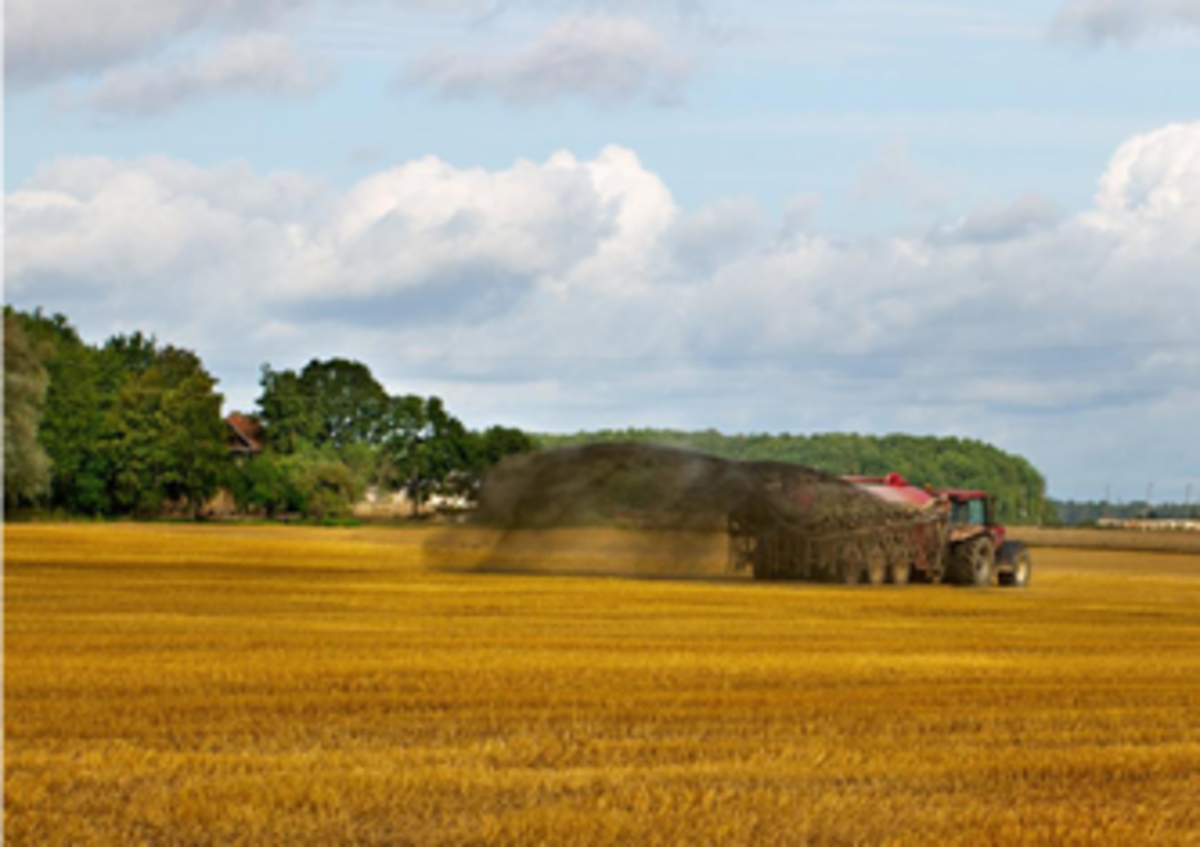N2O emissions have a global warming potential of about 265 times that of carbon dioxide (CO2). Agricultural soils are a particularly consistent source of N2O, which is derived from the transformation of nitrogen, especially in highly fertilised cropland areas. However, this source is still a very uncertain component of the overall greenhouse gas (GHG) budget.
In order to understand the impact of the EU's Common Agricultural Policy (CAP) in promoting the sustainable management of natural resources and climate-smart agriculture priorities, the European Commission regularly monitors the environmental status of agroecosystems and soil carbon changes using the EU Statistical Office’s Land Use/Cover Area frame Survey (LUCAS). The LUCAS survey gathers harmonised data on land use and cover across the EU through satellite and direct field observations. Analyses of the physical and chemical properties of selected topsoil samples from different areas also help monitor the impact of CAP policies on soil quality over time. However, while LUCAS measures the impact of policies with regard to pools of carbon, nitrogen, phosphorous and base cations of soil and its function as a sink for atmospheric CO2, it does not yet cover emissions of N2O.
In this article, JRC scientists integrated LUCAS’s detailed soil database with a biogeochemistry model in order to provide new estimates of N2O soil fluxes in the agricultural soils of the 28 Member States of the EU. They estimated that total N2O direct soil emissions were in the range of 171–195 Tg yr-1 of CO2eq, corresponding to 39 – 44% of the reported agricultural sector GHG emissions in the EU-28 for 2014.
The results demonstrate that the nitrogen cycle should be considered in any climate change mitigating policy that may be adopted in the agricultural sector. The modelling framework developed can help guide policymakers in promoting the adoption of climate-smart agriculture, as called for by the EU's CAP, and could possibly be used as a tool to support for reporting obligations, such as those under the United Nations Framework Convention on Climate Change (UNFCCC).
Links:
Further information
